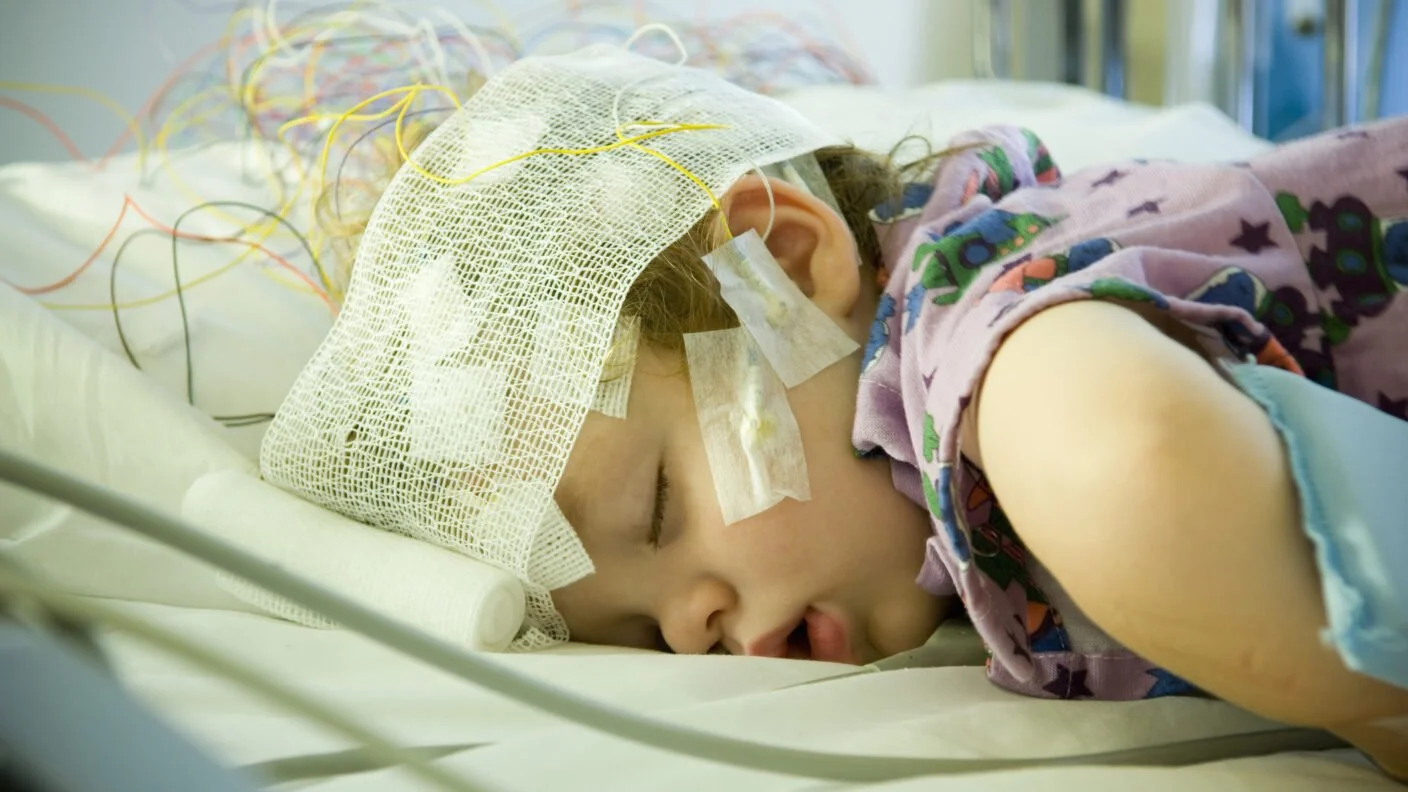30 years of post-traumatic epilepsy research: Where do we stand?
Electroencephalogram (EEG) is used to find signs of epilepsy, and researchers are developing new methods at the molecular level.
Neuroscientist leads a sweeping study on efforts to understand and treat epilepsy after traumatic brain injury, offering 8 recommendations to advance the research.
For decades, researchers have worked to unravel the mysteries of post-traumatic epilepsy (PTE), a form of epilepsy that emerges after a traumatic brain injury (TBI). Now, a new study led by Texas A&M University neuroscientist Dr. Samba Reddy offers a sweeping view of how far the science has come and how far it needs to go.
Published in Pharmacological Reviews, the study examines how research methods have changed, how scientists find signs of disease, how treatments are developed, and the challenges of turning lab results into real-world therapies. This article is based on the proceedings of the 2023 American Epilepsy Society-supported National Workshop on Experimental Models of Post-Traumatic Epilepsy.
“We’ve made tremendous strides in understanding the mechanisms that lead to epilepsy after brain injury,” said Reddy, Regents Professor of neuroscience and experimental therapeutics and director of the Texas A&M Institute of Pharmacology and Neurotherapeutics. “But the reality is, we still don’t have a therapy that can prevent epilepsy from developing. That’s the holy grail.”
The scope of the problem
Epilepsy affects more than 80 million people globally, and nearly 40% of those live with seizures that don’t respond to medication. PTE accounts for up to 20% of acquired epilepsies and is particularly common among military personnel and civilians who suffer head trauma.
Despite its prevalence, PTE remains difficult to treat. Patients often require multiple medications, and many are not candidates for surgery. The condition can take years to manifest, making early diagnosis and intervention a challenge.
“One of the biggest hurdles is the latent period — the time between injury and the first seizure,” Reddy said. “It’s a silent window, but it’s also our best chance to intervene.”
Medication-based treatments
The study reviews dozens of potential therapies, including traditional antiseizure medications, plus cutting-edge approaches like:
Neurosteroids: Natural or lab-made compounds, such as allopregnanolone and ganaxolone, may help calm overactive brain signals that lead to seizures.
Epigenetic drugs: These medications may help stop brain changes that lead to seizures by affecting how genes are turned on or off.
Network pharmacology: Combining drugs that work in different ways — such as levetiracetam, atorvastatin and ceftriaxone — has shown success in lab studies.
“We’re moving beyond symptom control,” Reddy said. “We’re looking at disease modification, changing the trajectory of epilepsy before it starts.”
Finding signs of the disease
The search for biomarkers — measurable indicators of disease — is another frontier. From examining EEG patterns to molecular markers such as neurofilament light (a protein that helps support nerve cells and can show signs of brain or nerve damage when found in blood or spinal fluid), researchers are identifying ways to predict who will develop epilepsy after TBI.
But the field is still in its infancy.
“We need biomarkers that don’t just diagnose epilepsy,” Reddy said. “We need ones that can guide treatment and monitor progress.”
The role of sleep and hormones
Reddy explained that sleep disturbances and sex differences play a significant role in PTE. Sleep patterns, especially disruptions in non-REM sleep, may serve as early indicators of the development of epilepsy. Additionally, women often fare better after TBI.
“Women may be less susceptible to PTE due to hormonal protection,” he said. “Understanding how sleep and sex hormones interact with brain injury could unlock new therapies.”
Challenges ahead
Despite progress, the road to a cure is long. The study outlines key barriers:
Low seizure incidence in animal models, requiring large sample sizes.
Variability in anesthesia, which can confound results.
Lack of standardized protocols, making cross-study comparisons difficult.
Financial constraints, especially for long-term studies.
“We need collaboration, funding and standardization,” Reddy urged. “Only then can we translate findings into real-world treatments.”
A call to action
The review concludes with eight recommendations to advance PTE research:
Standardize PTE models and protocols
Researchers should use the same types of experiments and procedures so results can be compared and trusted across studies.Include a washout period or treatment-free interval of at least 3 weeks
After giving treatment, wait at least 3 weeks before checking if it worked. This helps show whether the treatment truly prevented epilepsy or just delayed it.Tailor treatment windows to underlying mechanisms
Give treatments at the right time depending on how the brain changes after injury. Different stages need different approaches.Collect continuous electrographic data in a subset of studies
In some experiments, researchers should monitor brain signals nonstop using standard tools and methods to get accurate data.Report all data, including negative results
Publish both successful and unsuccessful results so others can learn from them and avoid repeating the same mistakes.Recognize that evoked seizures are not good surrogates for spontaneous recurrent seizures
Tests that cause seizures on purpose aren’t good enough to show if a treatment really prevents epilepsy. Natural seizures are a better measure.Conduct comprehensive epilepsy phenotype assessments
Don’t just count seizures — also study brain damage and behavior changes to understand how epilepsy affects the whole person.Ensure studies are sufficiently powered and replicated
Make sure experiments include enough animals and are repeated to confirm the results are real and reliable.
“We’re at a tipping point,” Reddy said. “With the right tools and teamwork, we can move from managing epilepsy to preventing it.”


